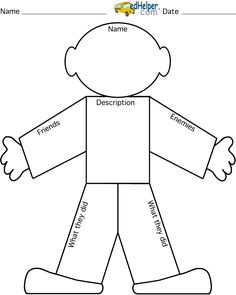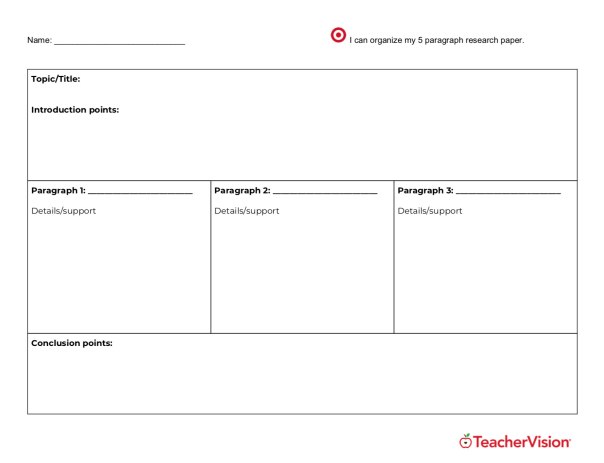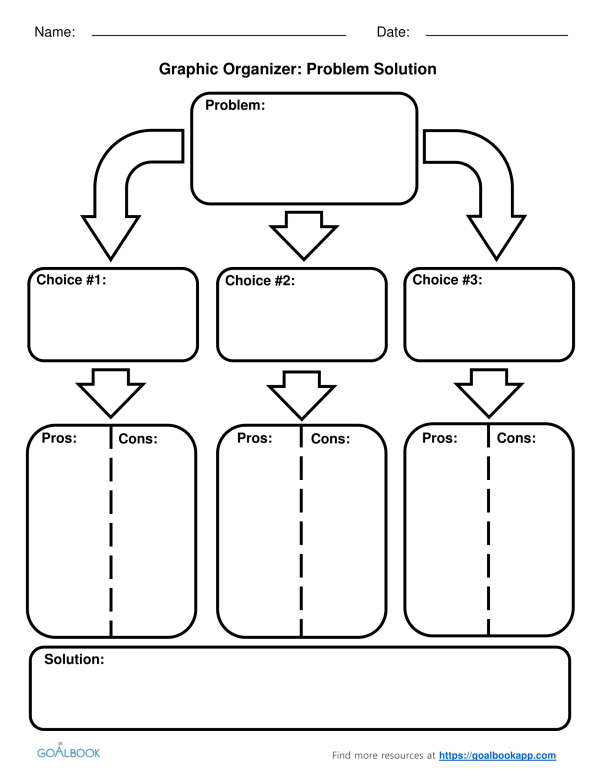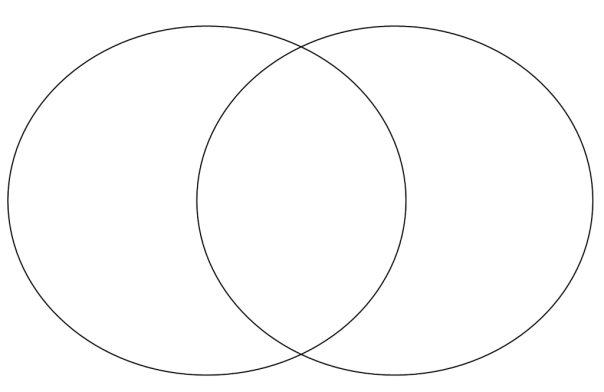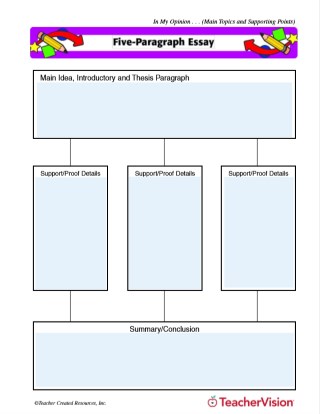Reading conferences are… used to offer the students the opportunity to:
-share their thoughts about what they have read
-set goals for future reading
-receive feedback
it gives the teacher the opportunity to:
-monitor student reading
-provide formative data about the student’s progress
-monitor their level of reflection and engagement
It benefits the students by providing time to practice:
-phonics
-fluency
-vocabulary
-comprehension strategy
-critical thinking
How it works…
- The teacher will have prepared what they want to discuss with the student during the conference
- Set up the class so that the students are independently reading
- The teacher will pull an individual student aside and conference (for approx. 10 minutes)
- The student will read a section of the text aloud from their reading material
- The teacher and the student discuss what is going on and what understanding they have gained so far
- The teacher and student will discuss the student’s reading goals
- The student will return to reading and another student will conference with the teacher
